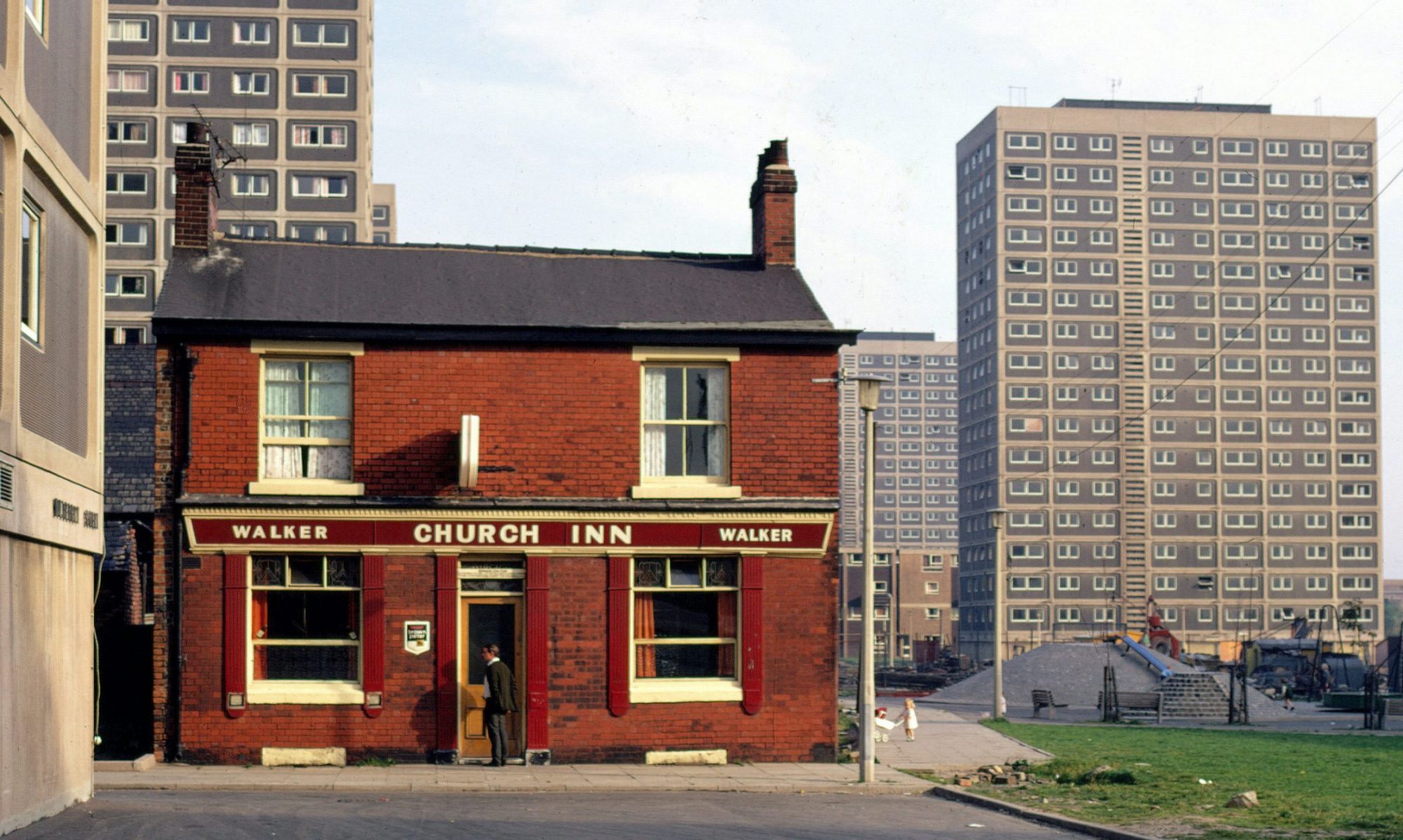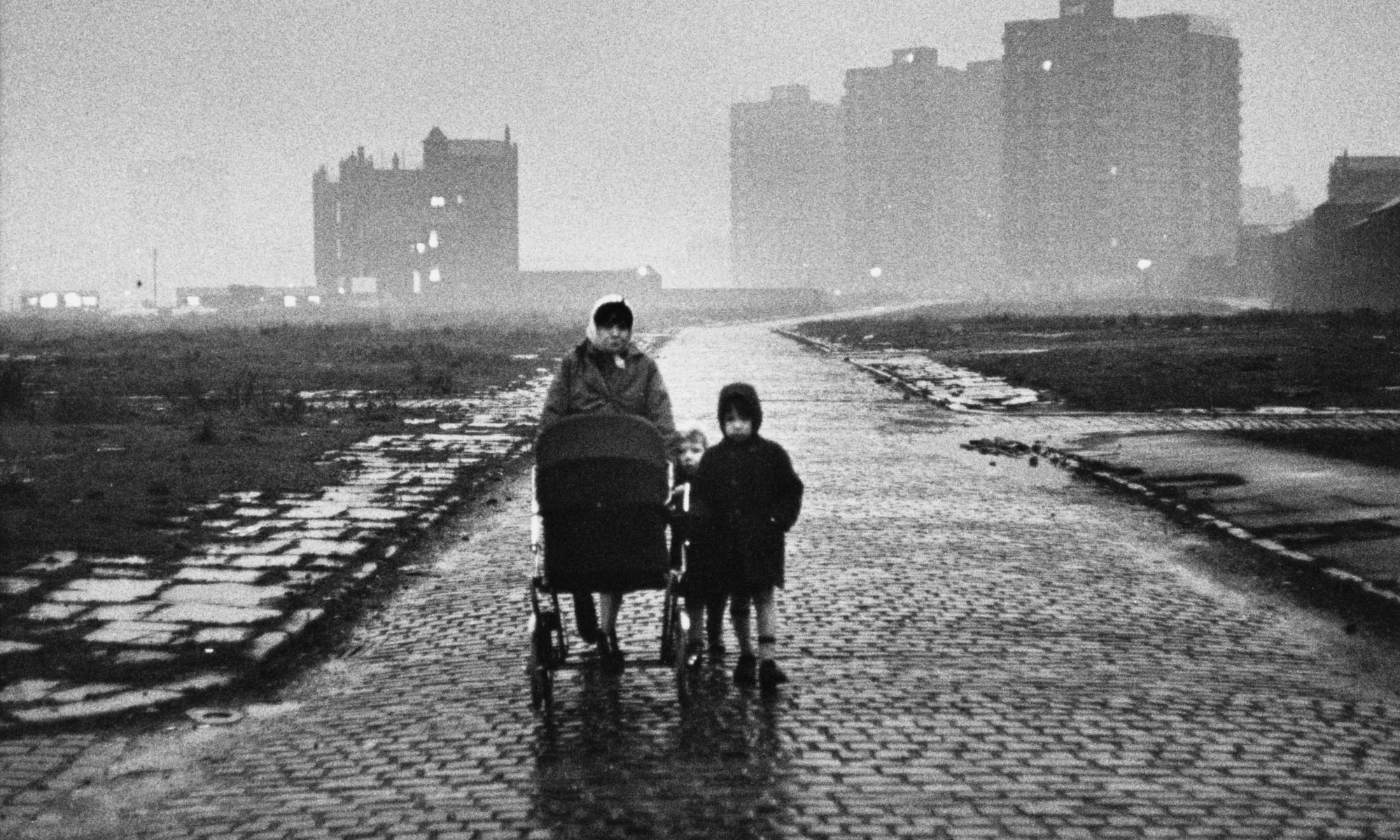by Daniela Atzori and Laura Janicka
If you haven’t had the opportunity to see our Shirley Baker exhibiton in the Working Class Movement Library, please come along. Here is a short reivew written by two Master of Architecture Students at the University of Salford.
If you cannot visit the exhibition during the week, the Working Class Movement Library will now be open on Saturday 1st April and Sunday 2nd April from 10am – 4pm .
The exhibition opened on the 20th of January at the Working Class Movement Library in Salford. It was developed by the University of Salford, as part of the Modern Backdrop project and will run until the 21st of April 2023. It is open to visitors on Wednesday, Thursday, and Friday afternoons from 1.00 pm to 4.30 pm. Admission is free.
Shirley Baker (1932-2014) was a British photographer, born in Salford and known for her street photography, portraying images of working-class areas of Salford in particular.
During the 1960s and 70s she photographed the streets and communities of Salford while they experienced slum clearances. The exhibition provides a selection of her works that capture the change of the urban environment of Salford as the clearance took place with a particular emphasis on human subjects.
Within the exhibition space you can also find objects from the collections of the Working Class Movement Library. Among these are: plans for the city of Manchester, reports on housing conditions, redevelopment plans proposals and many documents that pushed the government’s narrative for slum clearance. In contrast to these political visions that focused on the wider state of things, Shirley Baker shed a contrasting light on the realities of the human experience, highlighting the misery of the loss of place. Her photos portray a series of lost landscapes, vacant sites, and high-rise developments.
Overall, the exhibition is a must-see for anyone wanting to explore the history of social housing in Salford and across Great Britain and gain an appreciation of lost places of Salford through a series of emotional photographs.


